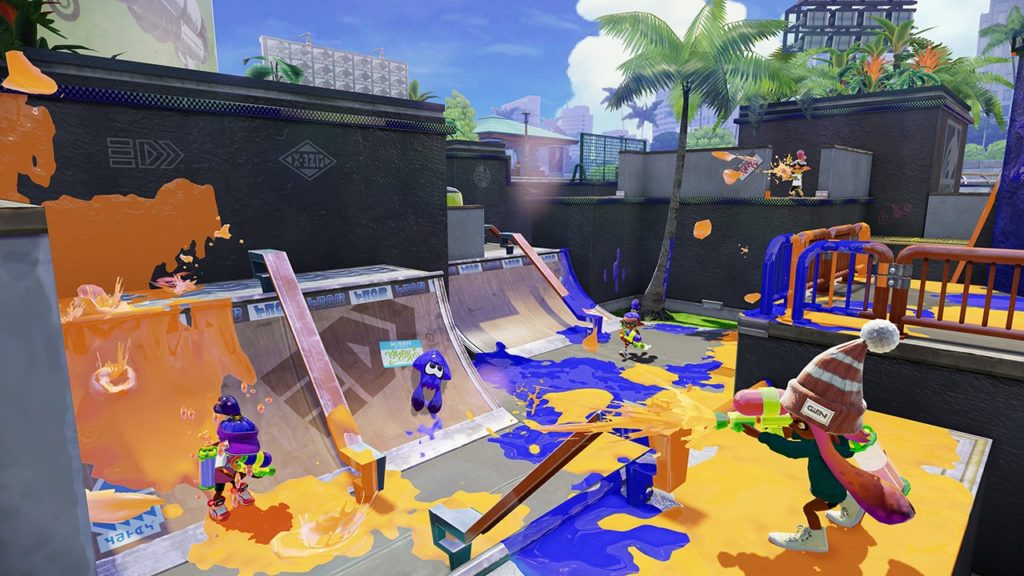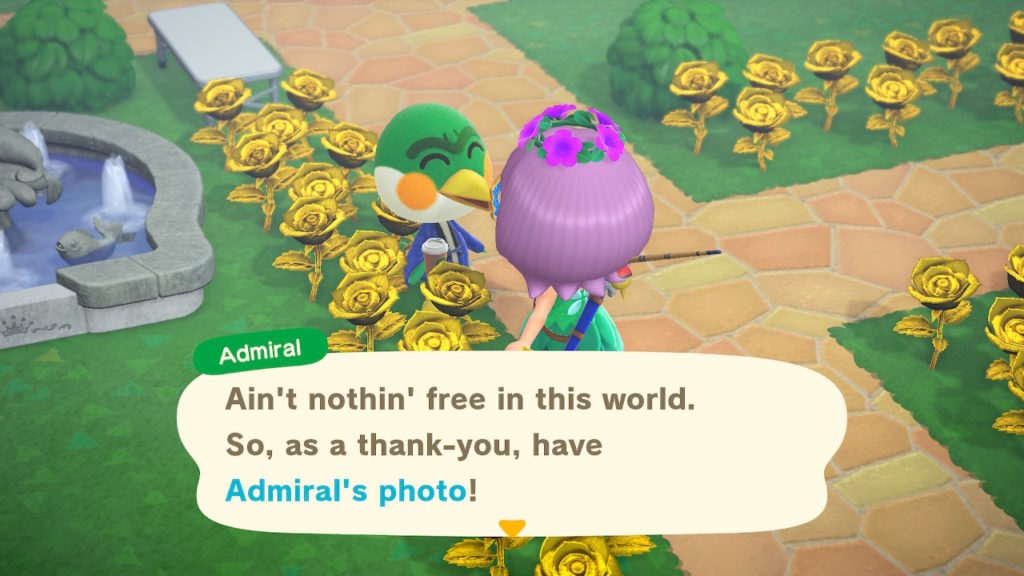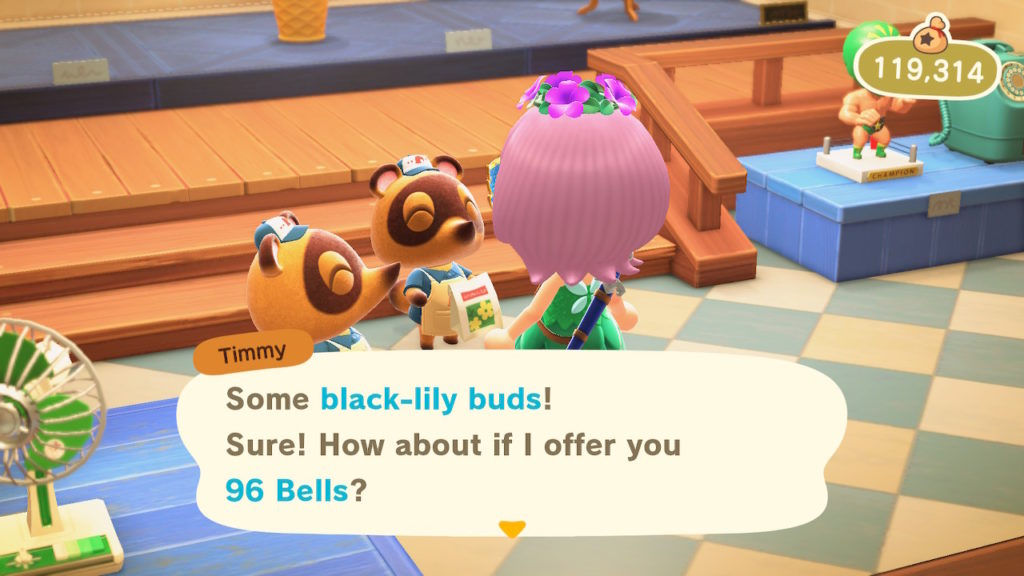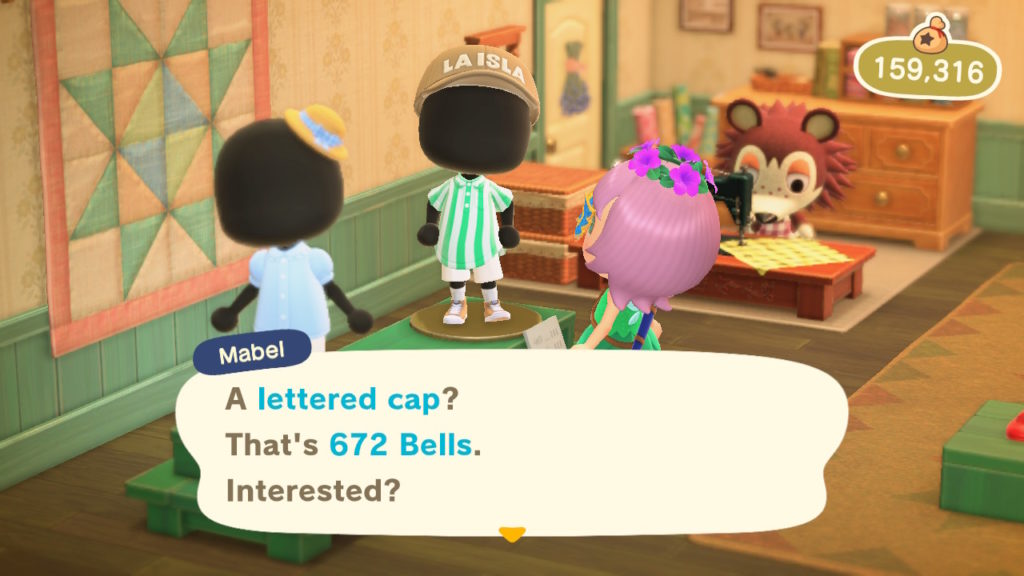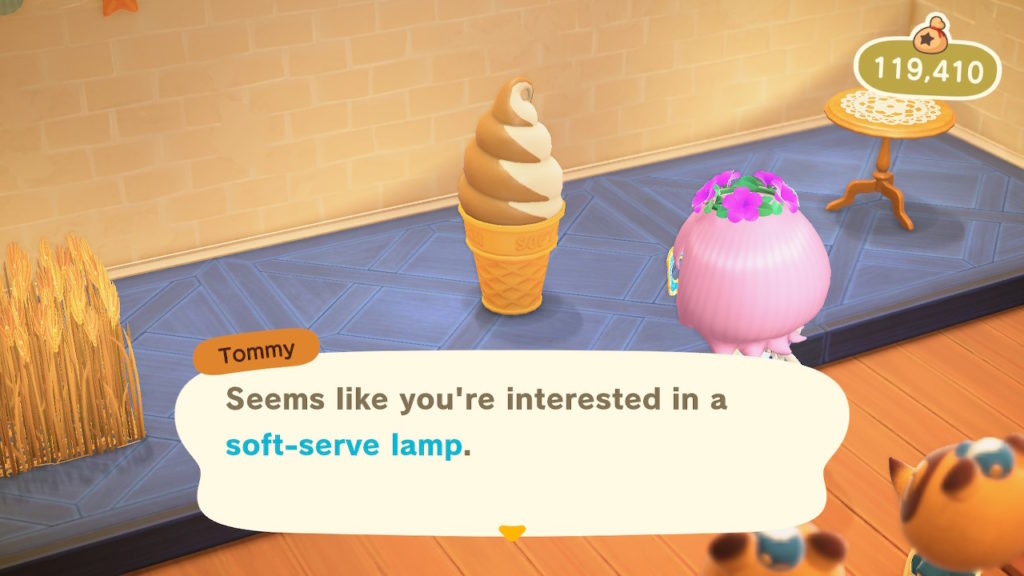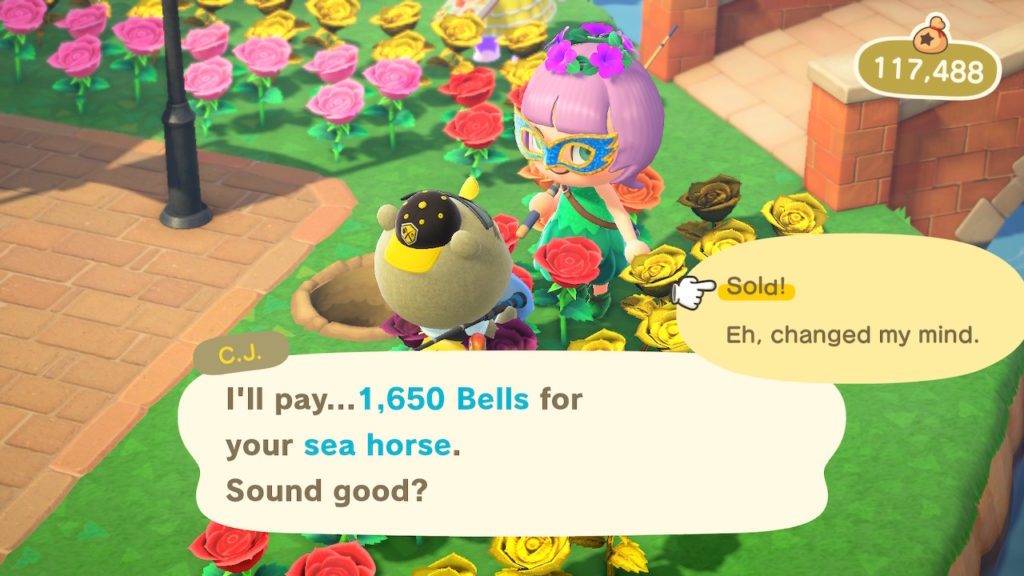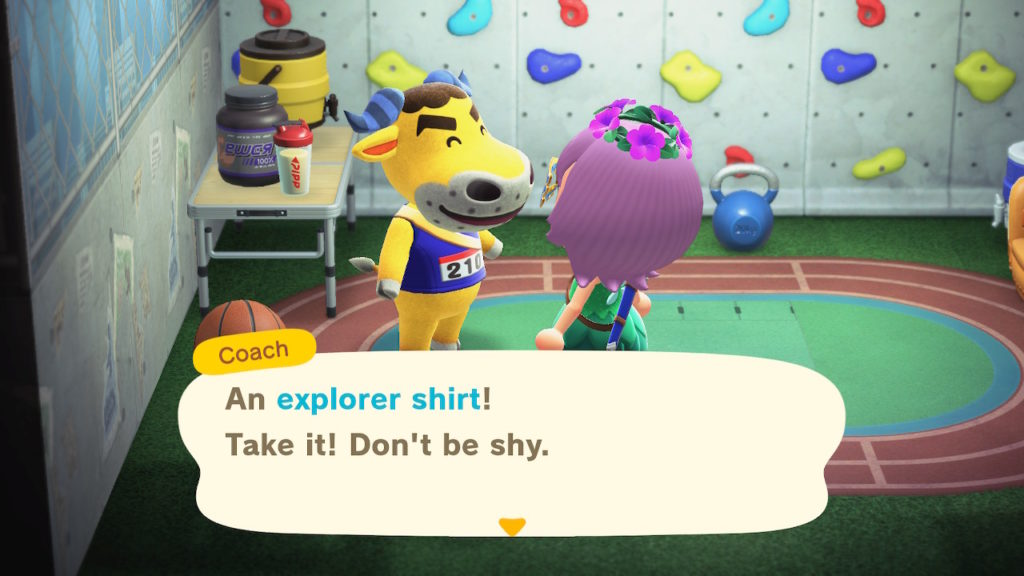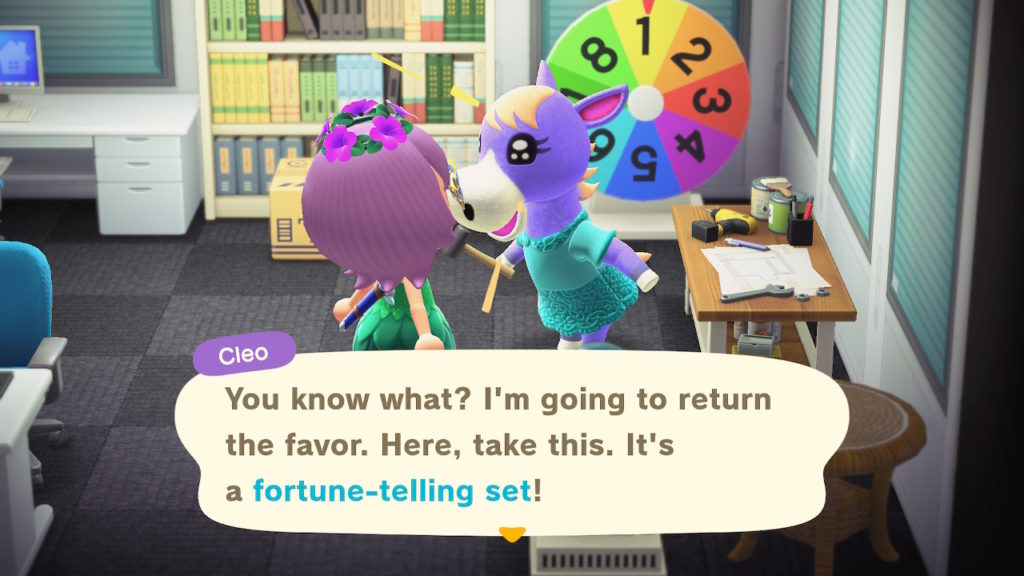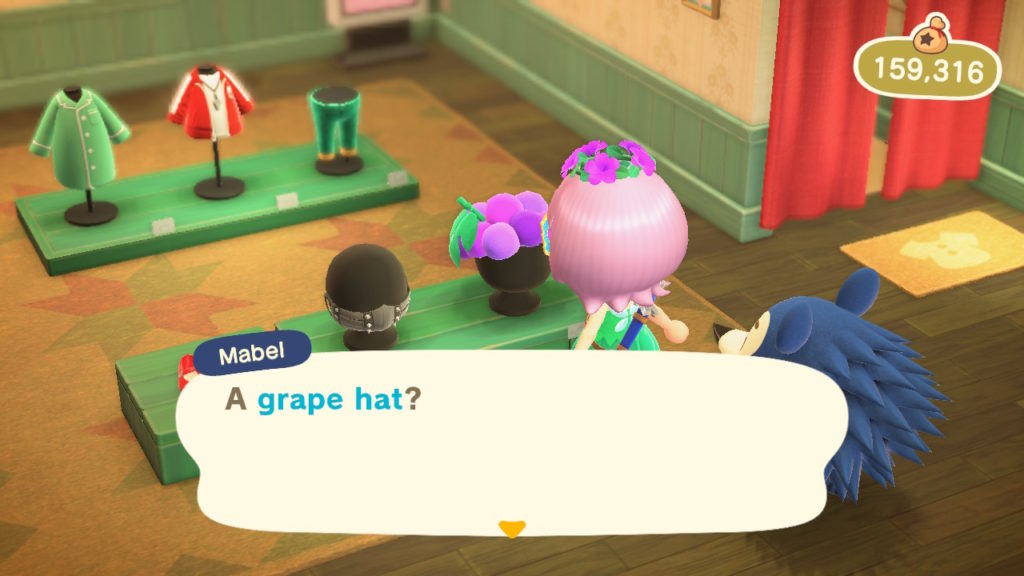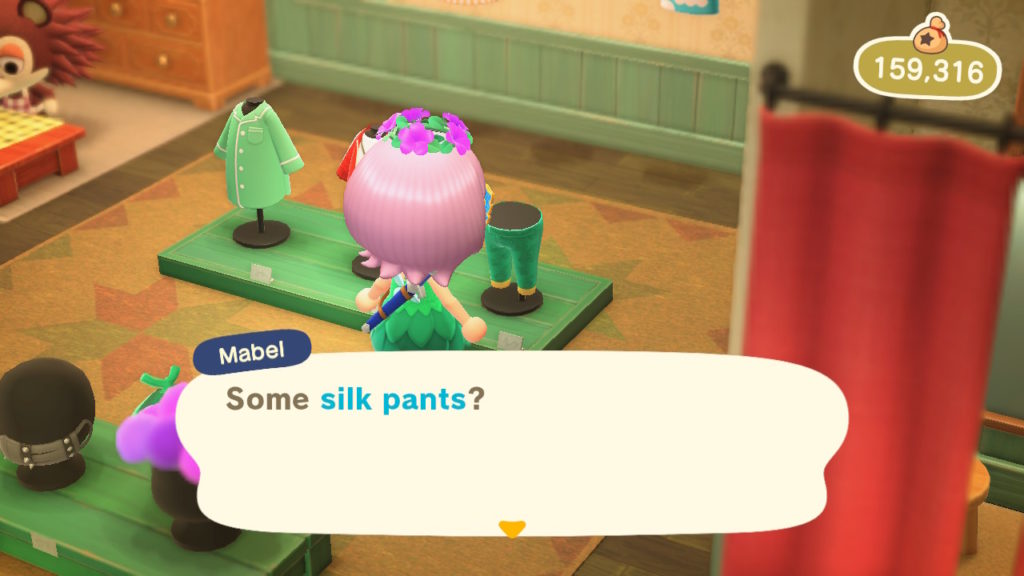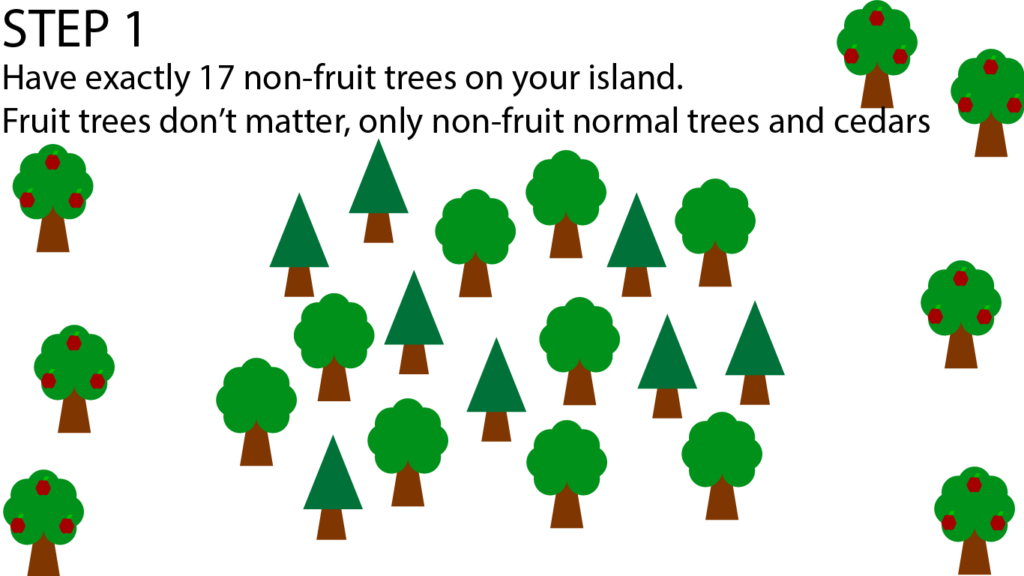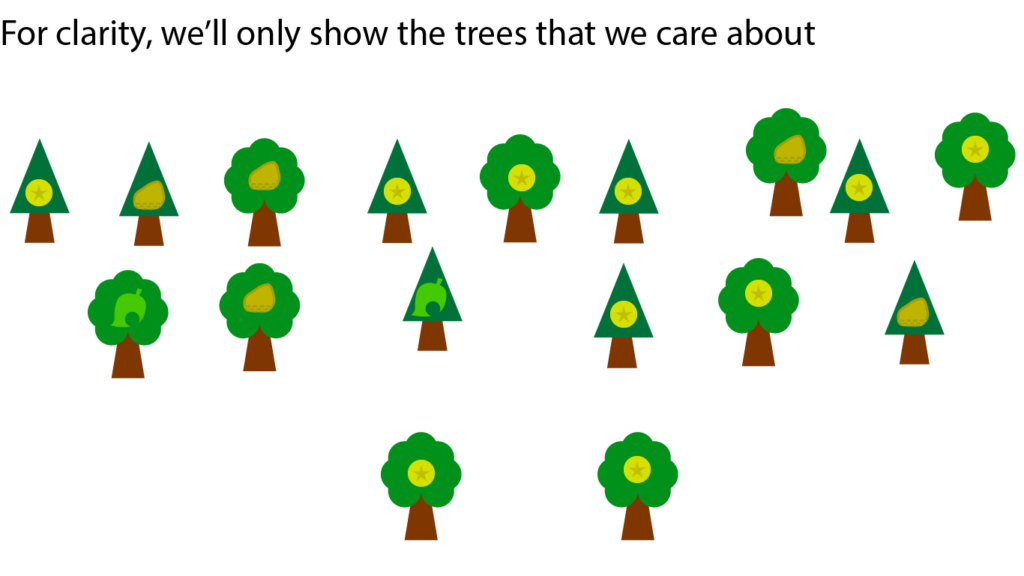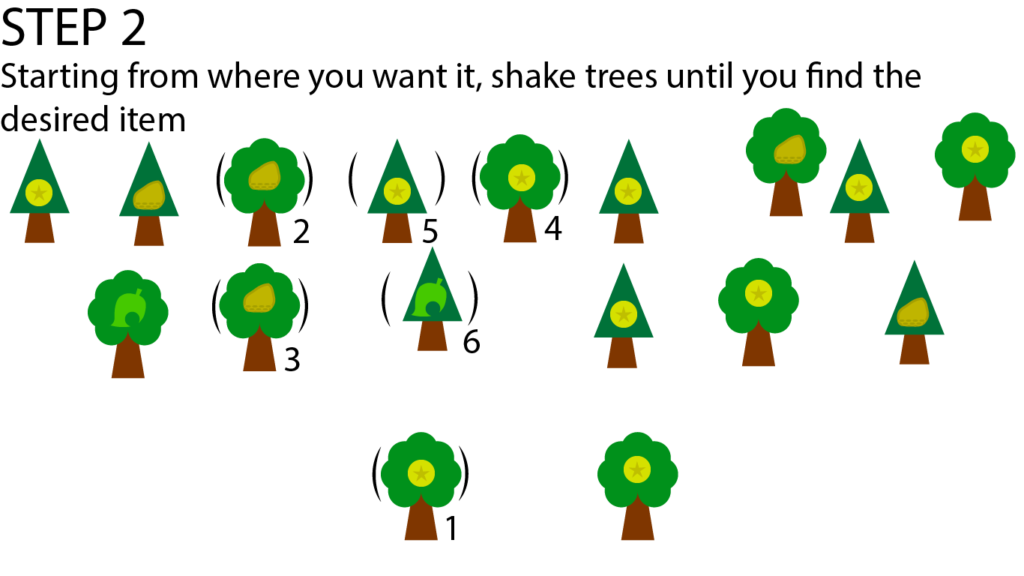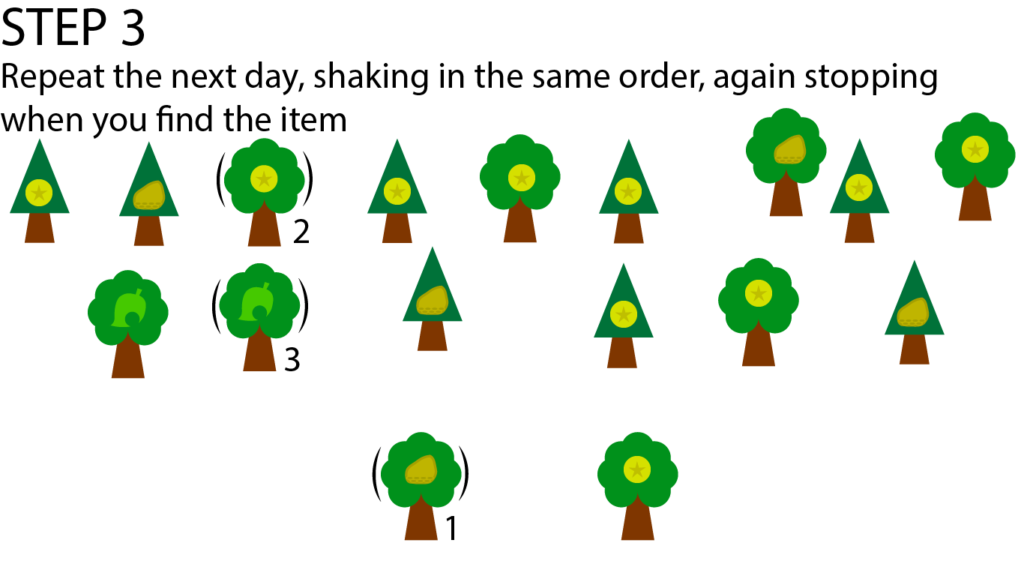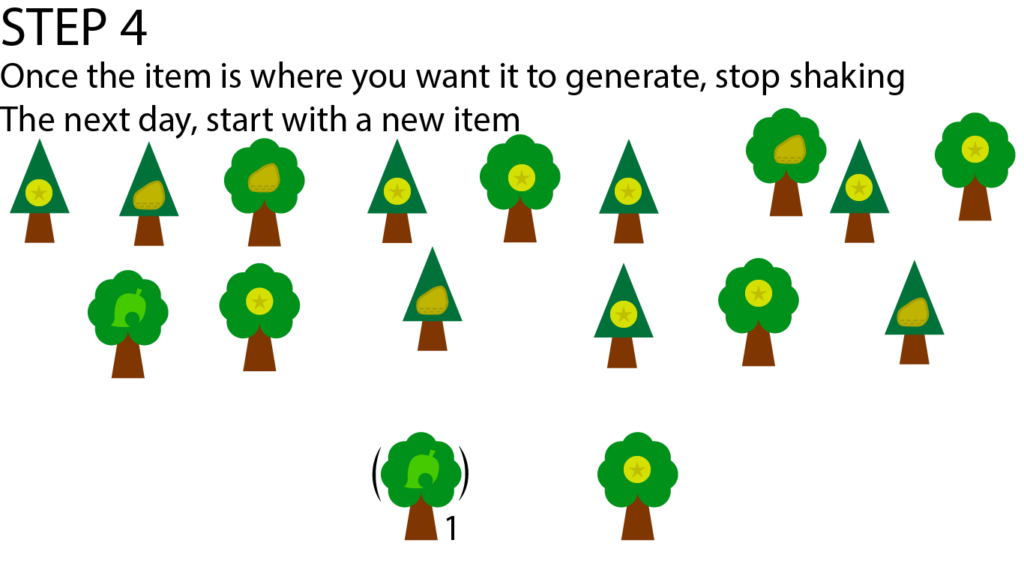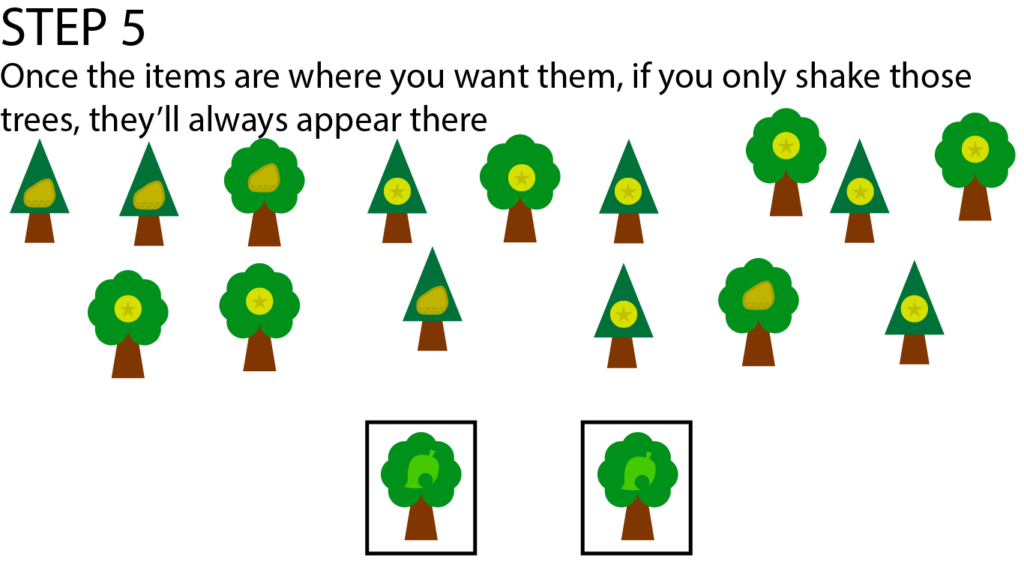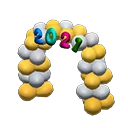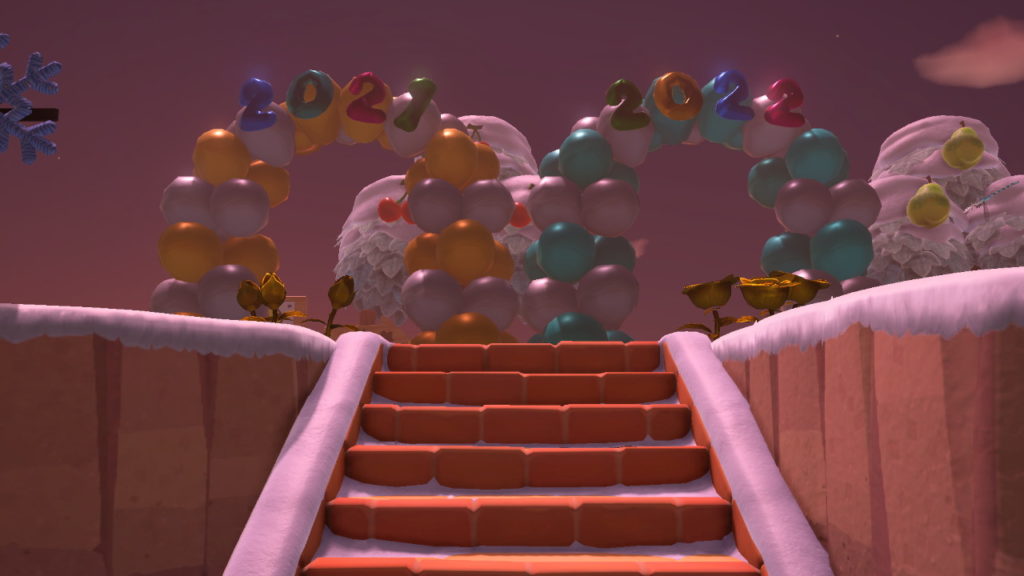Years after Nintendo announced that Animal Crossing New Horizons wouldn’t get any updates following the 2.0 one that also introduced the Happy Home Paradise DLC, and underlined it by not even releasing any New Years arches after 2021, they’ve gone back on that statement, announcing that in January there’ll be a Nintendo Switch 2 paid upgrade (only $5 this time), as well as a free 3.0 feature update. As they tend to do now, they announced it in a video, not a Nintendo Direct video, but still (12½m).
There was a time when I would have been thrilled to hear about this. I did, after all, write a guidebook to AC:NH, the “Black Book of Animal Crossing New Horizons,” which I still sell at itch.io. It contains an absurd amount of material. I suppose now I’ll have to update it again, but I’m feeling ambivalent about going back to the island paradise, despite the fully-upgraded house and tens of millions of bells I’ve left there.
Animal Crossing New Horizons holds a special place, not just in the series history, but in video gaming history. Incredibly, it’s the second best selling game on the Switch, at over 48 million copies, and it has the pandemic and the concomitant lockdown to blame for it. It outsold all of the other Animal Crossing games put together, going all the way back to Gamecube (and, in Japan, the N64) because a lot of people, for a time, used AC:NH as a replacement social scene, a kind of mini-MMORPG, focused not on fighting fake monsters in a bullshit fantasy world, but on decorating fake houses and islands, in a different kind of bullshit fantasy world.
And I think that’s okay, despite my use of profanity! Of course video game worlds are bullshit; that’s what they are made of. They’re all fake, they’re mere bits and bytes, but if you have a group of friends who pretend they’re real, then they gain reality from it, substance granted from their shared experience.
Well, the people are gone. I can’t expect that even a small fraction of the players it had back then are still invested in it. A few will return for this, surely, but without another lockdown it’s impossible to expect it’ll come anywhere close to it.
And even if they did… I think I’m done with Animal Crossing. Not just New Horizons, but Animal Crossing in general, even with the idea of Animal Crossing. The grandmothers who famously played the various versions, who the media happily reported on as a kind of uplifting story, they’re gone now. What happened to their memory cards, I wonder? Do their descendants load them up from time to time, pretending to be their grandmum, to falsely reassure the animals they still love them? Do they keep it as a kind of museum? Do they put it in the attic, maybe for future generations to discover, assuming their consoles still work, or sell them?
These are all troubling thoughts for me. Recent events have reminded me that life is finite. I still play video games, for my own reasons, but I don’t think I can appreciate, that I can afford, another huge timesink game like Animal Crossing, whether it be New Horizons or anything else . If I knew many other people who still played then maybe I could muster the will. I was on a Discord of Metafilter members who all played, but I left it over a year ago, before I knew they’d revive it, to clean up my server list. (Discord limits the number you can be a member of, you know. It’s higher if you play for their much-loathed “Nitro” feature, but I condemn that to extra hell.)
If this changes, I’ll let you know. The book could still use updating. But the joy in it has left me. Sorry critters; it was fun for a while.


